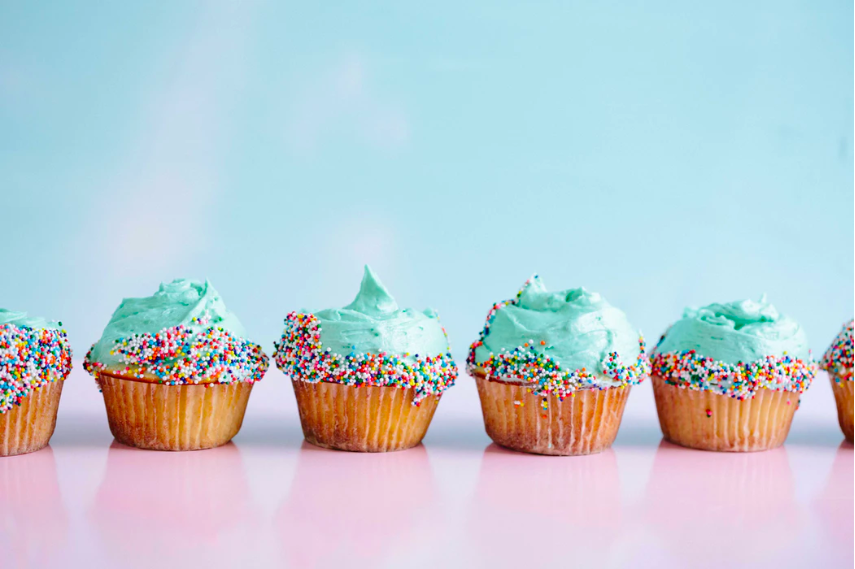In a recent study, 21 % of patients who were diagnosed with Type 2 Diabetes and given insulin had Type 1 Diabetes. Unfortunately, 38% of patients with late-onset Type 1 diabetes did not receive insulin or glucose monitoring upon diagnosis.
Sometimes, physicians miss out on a Type 1 Diabetes diagnosis because It is commonly associated with children. But studies show that 40% of Type 1 Diabetes is onset after 30 years of age. It is typical for late-onset type 1 diabetes to be misdiagnosed as type 2 because of their similar symptoms. Often, a missed diagnosis results in long-term complications such as amputation, eye, kidney, heart, and nerve disease.
According to seattlemalpracticelawyers.com, if a patient goes through the heart-wrenching plight of being misdiagnosed, they may seek the help of a medical malpractice lawyer to help them navigate the complex and often emotional road of a medical malpractice lawsuit.
To avoid going through the physical and mental anguish of having high blood sugar and eventually Type 2 diabetes, you need to stay healthy. You need to observe the following natural ways to lower blood sugar levels.
Follow a Low-Carb Diet
Food has the power to heal and keep the body free from diseases. According to studies, a low-carbohydrate, high -protein diet significantly reduces blood sugar levels. The body converts carbs into sugar, which the body uses for energy. While carbohydrates are necessary to perform physical activities, patients with diabetes who overeat can cause the blood sugar to spike.
People with diabetes should lessen, if not totally, eliminate carbohydrates such as white rice, white bread, pasta, and pastries. You may eat alternatives such as whole grain oats and sweet potatoes.
Eat a Lot of Fiber-rich Food
Fiber significantly causes blood sugar levels to go down. It slows down the rate that carbohydrates break down and the rate that the body absorbs sugar. The best type of fiber that helps in controlling blood sugar is soluble fiber.
Soluble fiber can be found in fruits such as apples and guavas and vegetables such as carrots and broccoli. Grains such as oats and barley are good sources, too. You may also want to add flaxseeds, sunflower seeds, and hazelnuts to salads or light snacks.
Include Exercise in Your Daily Routine
Physical activities such as brisk walking, weightlifting, dancing, biking, swimming, and running can help you maintain a healthy body weight and increase your insulin sensitivity as well. High insulin sensitivity means that your cells can efficiently use the available sugar in your bloodstream.
Exercise also allows your muscles to use blood sugar for muscle contraction and energy. If you are having problems with controlling your blood sugar levels, make it a point to check your levels regularly. It will help you adjust your response to different activities. It will prevent your glucose levels from getting too high or low.
Keep Yourself Hydrated
Drinking plenty of water helps keep your blood sugar within normal levels. It also allows your kidneys to flush out the excess sugar through urine. A study shows that people who drink more water have a lower risk of having high blood sugar levels. Aim to drink eight glasses of water every day to reduce insulin resistance.
Maintaining a healthy blood sugar prevents a slew of diseases, which includes diabetes and renal failure. Starting habits that become a part of your daily life will make your health more sustainable in the long run. Simple things such as a healthy diet, exercise, and hydration can do wonders for your health.
